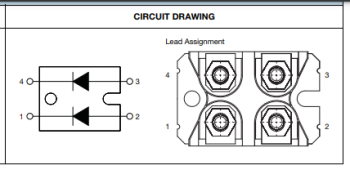I'm bound to the same goverment and probally a differnt grid master (Amsterdam is Liander it is?)Should I be worried about polluting the grid? I mean it's not that our government is treating us well and I have even less good words available about our grid masters.
However, I do not want to become a problem for my peers. Imagine my horror if I end up accidentally tripping the breakers.. at my neighbor's house!!!!!!
The 150A you are talking about, is that directly from the grid or is it after a transformer? If it from the grid directly, you probably have 3 phases, that's a bit easier, but 150A you will have a special meter and you will pay alot more if you do not have "perfect" load. If you want to use it for low voltage, a switching power supply with power correction will save a lot of problems and has a higher efficiency also if you use them for your turbines the efficiency will be beter (fpc does require some frequency stability)






